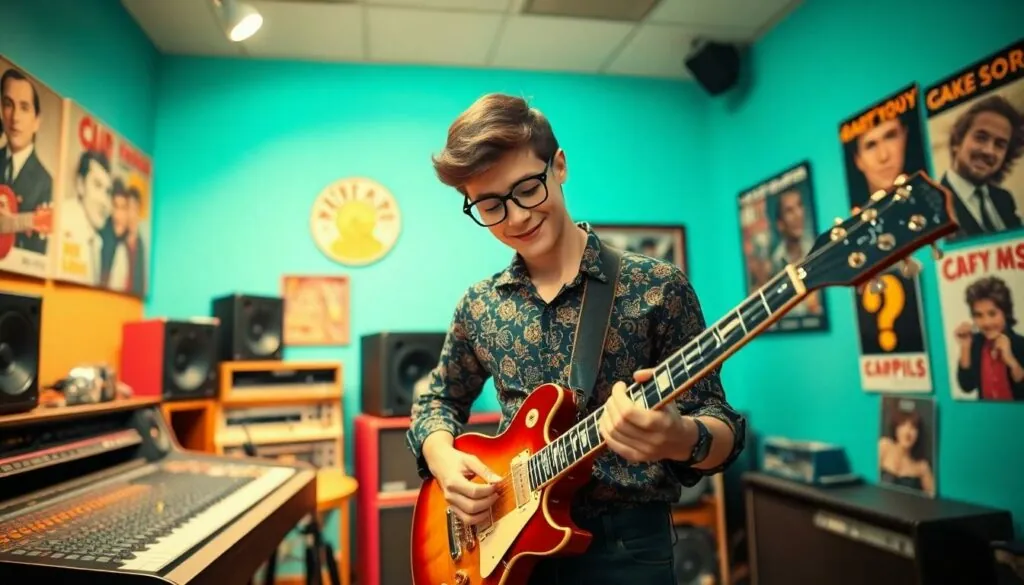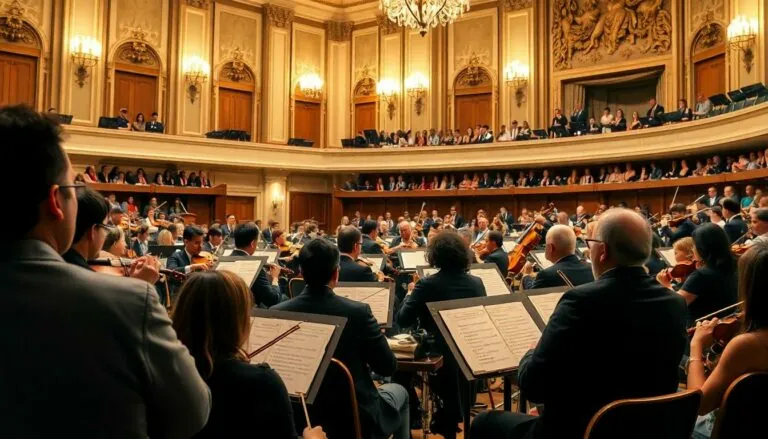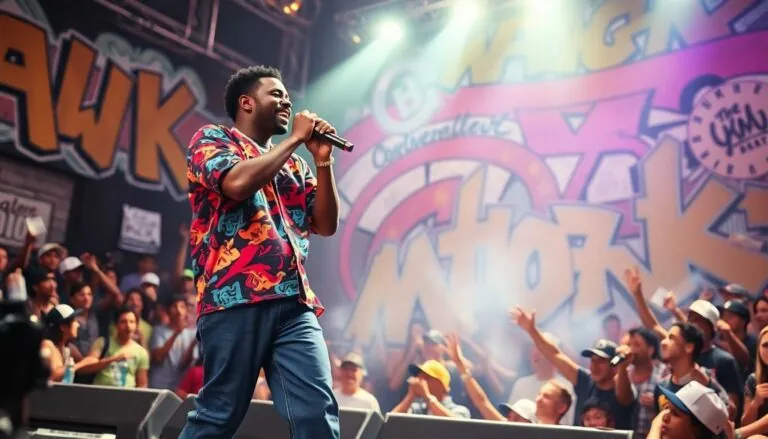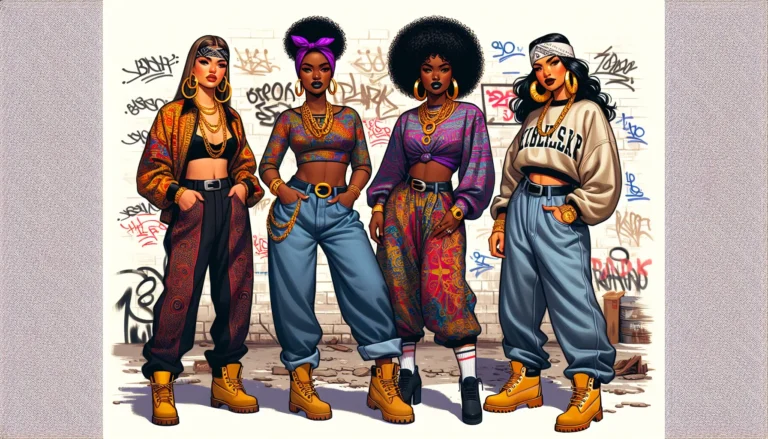Table of Contents
TogglePop music isn’t just a catchy tune stuck in your head; it’s a vibrant tapestry woven from decades of cultural shifts, rebellious spirits, and unforgettable melodies. From the infectious rhythms of the ’60s to today’s chart-toppers, pop music reflects society’s pulse, making it an irresistible topic for any music lover.
The Origins of Pop Music History
Pop music’s roots reflect cultural shifts and diverse influences, revealing a dynamic history. The genre captures societal changes while remaining relevant to audiences.
Early Influences and Genres
Rhythm and blues played a crucial role, shaping early pop sounds. Jazz also influenced pop music, contributing improvisational elements and complex harmonies. Folk music provided storytelling techniques, enriching lyrical content. Additionally, rock and roll emerged in the 1950s, blending various genres. Motown’s unique style introduced polished production and rhythmic grooves, appealing widely. These genres laid the groundwork, showcasing the evolution of pop music through distinct sonic characteristics.
The Birth of Modern Pop
The 1960s marked the transformation of pop with the Beatles and their innovative sound. Their experimentation set a precedent for future artists. The introduction of synthesizers in the 1970s expanded musical possibilities, creating fresh sounds. Artists like Michael Jackson revolutionized pop with choreography and theatrical performances. By the 1980s, music videos reshaped promotion and consumption, enhancing visual storytelling. This era defined modern pop, merging technology and artistic expression.
The Evolution of Pop Music
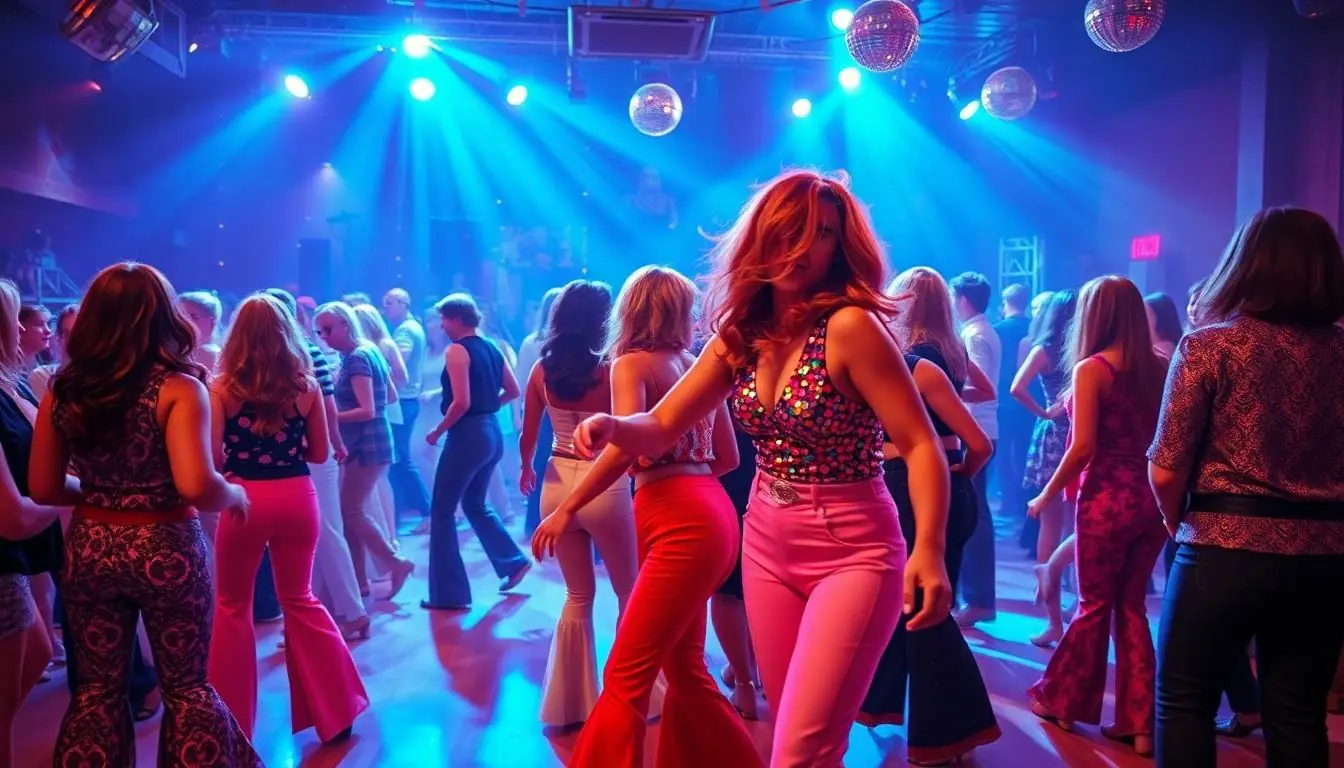
Pop music has experienced significant transformations throughout its history, with distinct decades showcasing unique styles and influences. Each era reflects societal changes and technological advancements, contributing to the genre’s rich tapestry.
The 1960s: The Era of Change
The 1960s marked a dynamic period for pop music, characterized by experimentation and cultural shifts. Artists like the Beatles revolutionized the sound, incorporating elements of rock, folk, and psychedelia. Influential musicians experimented with diverse lyrical themes that ranged from love to social issues. The British Invasion in the U.S. signaled a shift in music dominance, ultimately shaping pop into a vehicle for expression. Numerous iconic hits emerged during this decade, forever impacting future generations of musicians.
The 1970s: Disco and Glam
The 1970s ushered in vibrant disco and glamorous pop sounds, changing how audiences experienced music. Disco emerged as a dominant genre, with artists such as Donna Summer and the Bee Gees captivating listeners with danceable beats and electrifying energy. The combination of funky basslines and rhythmic guitars created an irresistible sound that filled dance floors. Glam rock, led by figures like David Bowie, challenged traditional norms and celebrated eccentricity. This decade also saw the rise of music videos, enhancing visual storytelling and expanding the reach of pop music to new audiences.
Iconic Pop Artists Shaping History
Pop music has been significantly influenced by groundbreaking artists. These musicians have not only shaped the genre but also defined cultural moments across decades.
The Impact of the Beatles
The Beatles transformed the landscape of pop music. Their innovative songwriting and harmonization redefined musical boundaries during the 1960s. Notable albums like “Sgt. Pepper’s Lonely Hearts Club Band” pushed the envelope of creativity, blending various styles. The band’s pioneering use of studio techniques set new standards for recording. Numerous artists cite the Beatles as a major influence on their work, showcasing their lasting legacy.
The Reign of Madonna
Madonna emerged in the 1980s as a pop icon with unparalleled impact. Her ability to blend music, fashion, and provocative imagery set her apart from contemporaries. Hits like “Like a Virgin” and “Material Girl” showcased her knack for catchy melodies and cultural commentary. Not only did she challenge societal norms, but she also influenced subsequent generations of artists. Madonna’s emphasis on reinvention kept her at the forefront of pop music for decades.
Technological Advances in Pop Music
Technological innovations have played a crucial role in shaping pop music throughout its history. They have transformed how artists create, produce, and disseminate their work.
The Role of Radio and Television
Radio became pivotal in the 1950s, allowing artists to reach mass audiences quickly. Stations began to feature pop hits, launching the careers of numerous musicians. Television further amplified pop’s visibility in the 1980s. Programs like “American Bandstand” and music video channels like MTV showcased artists, enabling them to connect with fans through visual storytelling. Live performances gained importance, enabling artists to build a fan base and promote new music. The combination of radio and television created a platform that propelled pop music into mainstream culture.
The Digital Revolution
The late 1990s brought the digital revolution, reshaping the landscape of music consumption. Streaming services like Spotify and Apple Music enabled immediate access to vast music libraries, changing how listeners discover and enjoy pop music. Producers and artists now use software like Ableton Live and Pro Tools to create, edit, and distribute music with unprecedented ease. Social media platforms play a vital role in marketing and fan engagement. Artists leverage these platforms for new music releases, fostering a closer connection with their audiences. Digital technology continues to evolve, ensuring pop music remains a dynamic and accessible genre.
Current Trends in Pop Music
Pop music has continually evolved, reflecting cultural shifts and technological advancements. Current trends show a significant influence of diverse genres and digital platforms.
Genre Blending and Fusion
Genre blending characterizes contemporary pop music. Artists often fuse elements from hip-hop, R&B, EDM, and rock, creating unique sounds. For instance, Billie Eilish blends pop with electronic styles and introspective lyrics. Similarly, artists like Lil Nas X merge country with pop and hip-hop, expanding genre boundaries. This fusion not only attracts varied audiences but also encourages innovative musical explorations. Collaborations between artists across genres enhance this trend, resulting in chart-topping hits with diverse influences.
The Rise of Streaming Services
Streaming services have transformed how people consume music. Platforms like Spotify and Apple Music enable instant access to millions of songs. Data from the Recording Industry Association of America shows streaming accounted for over 80% of the music industry revenue in 2022. Artists often release singles and EPs exclusively on streaming platforms to reach wider audiences quickly. Moreover, algorithms help listeners discover new music based on their tastes, improving engagement. Social media and live streaming events connect artists with fans directly, changing how pop music is marketed and experienced.
Pop music’s journey reflects a vibrant tapestry of cultural evolution and technological innovation. Its ability to adapt and resonate with audiences ensures its relevance across generations. As artists continue to push boundaries and experiment with sounds, the genre remains a dynamic force in the music industry. The fusion of styles and the rise of digital platforms have redefined how pop music is created and consumed. With each new wave of talent, pop music not only entertains but also serves as a mirror to society, capturing the essence of its time. This ongoing evolution promises to keep pop music at the forefront of cultural expression for years to come.

